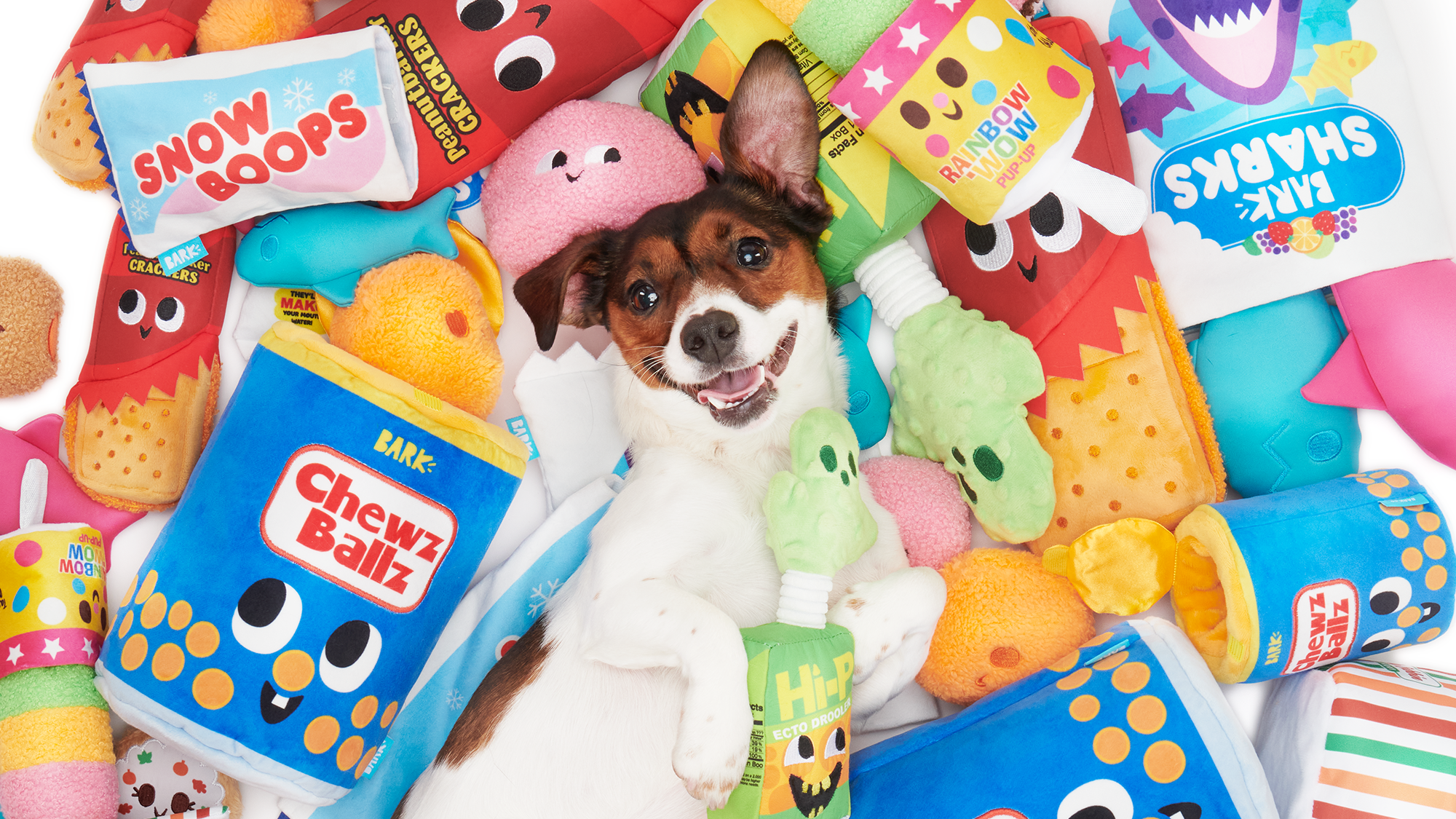Cavalier King Charles Spaniel vs English Cocker Spaniel: Which breed is right for you?
Our expert vet helps us with the differences between these two spaniels
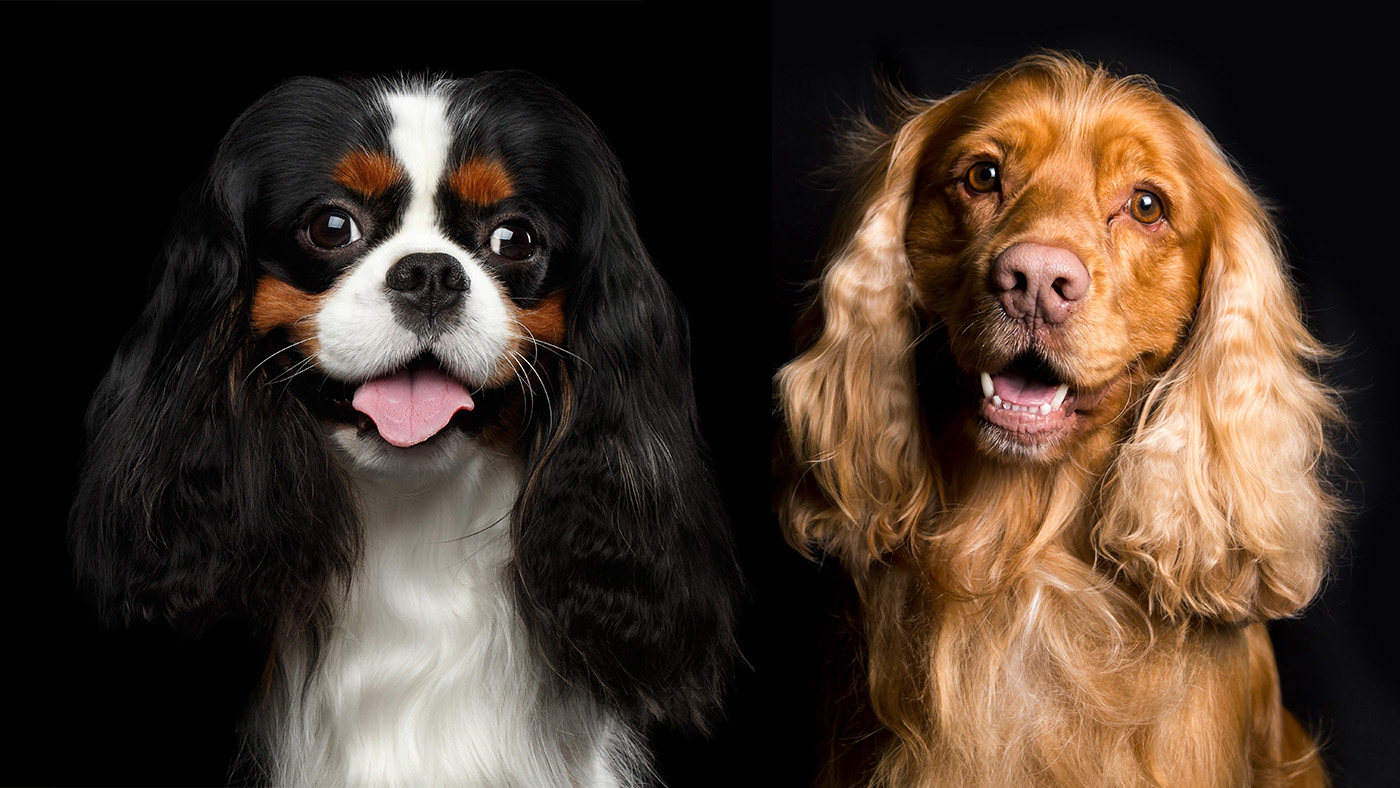
When it comes to the Cavalier King Charles Spaniel vs. the cocker spaniel, you may be wondering which of these gentle and sweet-natured breeds would make the perfect addition to your home.
The great news is that both dogs are wonderfully family-oriented and tend to be adaptable, affectionate, playful, and sensitive to the emotions of their favorite people. However, there are a few key differences that are worth being aware of.
Cavalier King Charles Spaniels were bred to be companion dogs and do not like to be separated from their people. They're quieter and less active than cocker spaniels and are a good choice for first time dog owners. Cockers were bred to be hunting companions and are energetic, loud, and do best in active homes.
To find out more about these two breeds, we turned to expert vet Dr Rebecca MacMillan. Below, she talks us through the key differences from size and appearance to grooming needs and potential health issues so you can ensure you choose the fur friend that's right for you.
Size: Cavalier King Charles Spaniel vs. English Cocker Spaniel
When it comes to size, the cocker spaniel is larger in both height and weight than the more petite Cavalier King Charles Spaniel.
Cocker spaniels tend to be around 15 inches and weigh approximately 20–30 pounds, depending on whether they're male or female (males tend to be heavier).
In comparison, the Cavalier King Charles Spaniel is smaller at around 12 inches tall and also lighter, with most weighing between 13 and 18 pounds.
Get the best advice, tips and top tech for your beloved Pets
Appearance: Cavalier King Charles Spaniel vs. English Cocker Spaniel
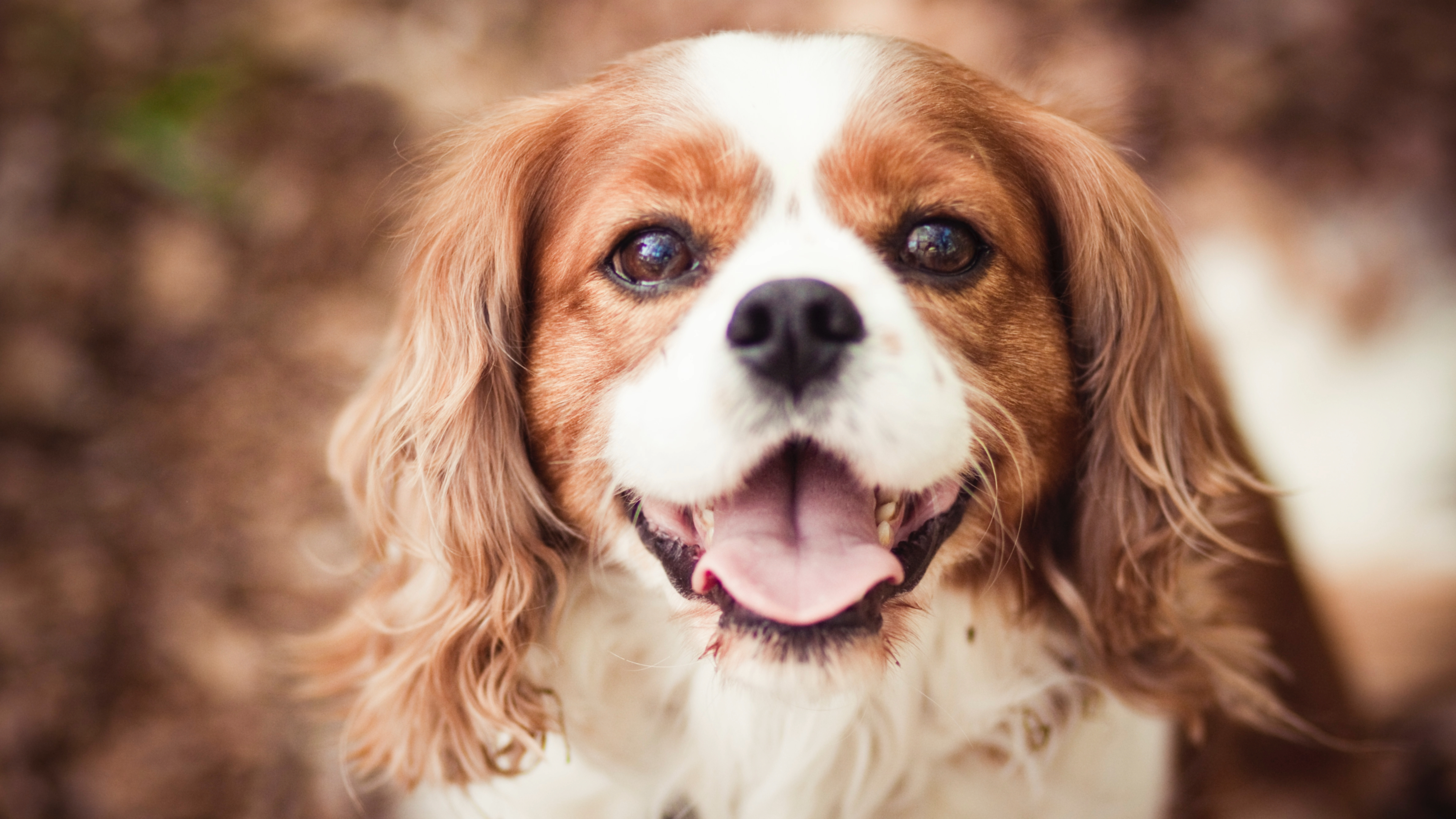
The Cavalier King Charles Spaniel is a beautiful dog with large brown eyes that wears a permanently sweet and gentle expression.
Their silky coat comes in four different varieties – Blenheim (a white coat with chestnut markings), Ruby (chestnut red), Prince Charles (black, tan, and white), or King Charles (tan markings on a black coat). A well-balanced dog with a regal appearance, the Cavalier King Charles has feathered ears that fan forward to frame their face.
Like the Cavie, the cocker spaniel has big, dark, soulful eyes and long, silky ears. Their coat feathers around their ears, legs, and tail and comes in a huge range of colors, including black, red, sable, silver, and brown. Compact and sturdy dogs with well-balanced bodies, the cocker spaniel has wide nostrils and a strong jaw, which makes them great hunters.
Trainability: Cavalier King Charles Spaniel vs. English Cocker Spaniel
Thinking of training your dog on your own? If so, intelligence and how easy a breed is to train is likely going to be a key consideration for you when selecting a canine companion.
According to Dr MacMillan, the Cavalier King Charles and the cocker spaniel were bred for different purposes, so directly comparing their intelligence is hard to do.
"Cocker spaniels have been bred to follow their handlers’ commands and pick up scents whilst working in the field," she explains. "Trainability is desirable in this environment, so good working dogs would have been chosen and selectively bred from, passing these traits on."
The Cavie, on the other hand, was bred to be a companion dog, which means they thrive on staying close to their owners. Because of this, Dr MacMillan says they would score higher on the emotional intelligence front.
"However, both dogs are usually eager to please, which makes training relatively straightforward when using a positive and consistent approach," she explains. "The Cocker Spaniel can be a bit more distractible, though due to their higher energy levels and high prey drive, so keep training sessions short."
Exercise: Cavalier King Charles Spaniel vs. English Cocker Spaniel
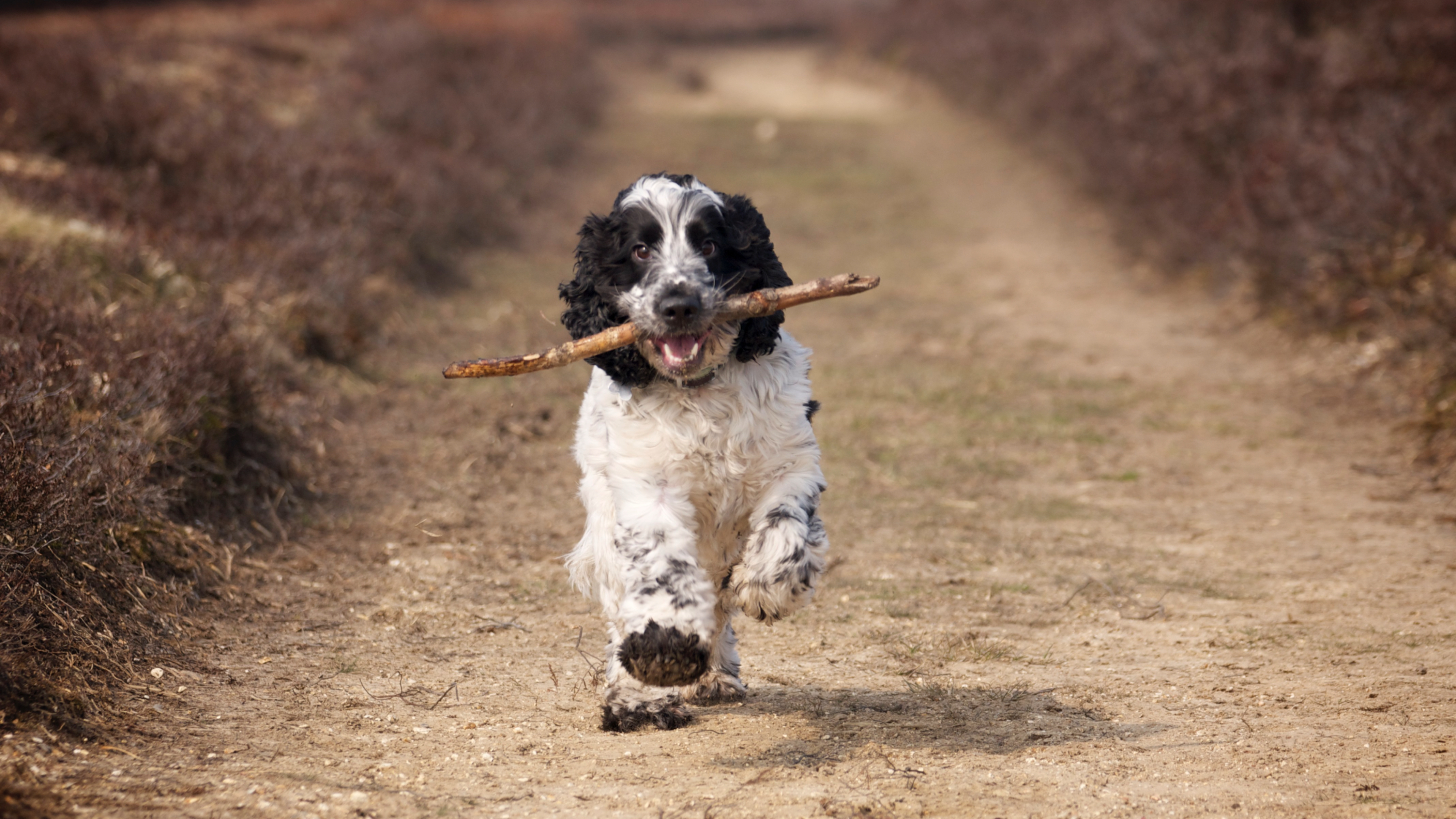
There are so many ways to workout with your pet – which is just as well, as the cocker spaniel in particular loves their daily exercise. That doesn't mean that the Cavie doesn't also need some physical activity, but the two breeds do differ when it comes to how much exercise they require each day to stay happy and healthy.
"Cavalier King Charles Spaniels need a minimum of 30 minutes of good activity each day, whereas the cocker spaniel requires at least 60–90 minutes," Dr MacMillan explains.
"This is due to the cocker’s working background and higher energy levels. If you want a dog that you can take for runs or do agility with, then the cocker spaniel is the best choice for you."
Cavaliers tend to be very flexible and adaptable, so they often take on the lifestyle of their owner. If you're someone who likes a lot of quiet time at home with just a gentle stroll each day, you'll find the Cavie is more than content with that.
“However, if you like longer walks, you'll find they're eager to accompany you – being by your side is what's most important to them, not the length of the walk.
Grooming: Cavalier King Charles Spaniel vs. English Cocker Spaniel
Both the Cavalier King Charles Spaniel and the cocker spaniel have moderate grooming needs with their silky coats requiring a good amount of care. According to Dr MacMillan, working cocker spaniels are the lowest maintenance out of the three types of cockers and have a coat type that's similar to the Cavie.
"Regular brushing and trimming of the fur on the paws is enough to keep on top of things for both of these dogs. However, show-type cockers and American Cockers may need regular trips to the groomers to have their coats clipped and trimmed. These dogs have a thicker, curlier coat, and their grooming needs tend to be higher for this reason.
Regardless of which breed you choose, be sure to have one of the best dog brushes on hand to keep their fur looking fabulous.
Health: Cavalier King Charles Spaniel vs. English Cocker Spaniel
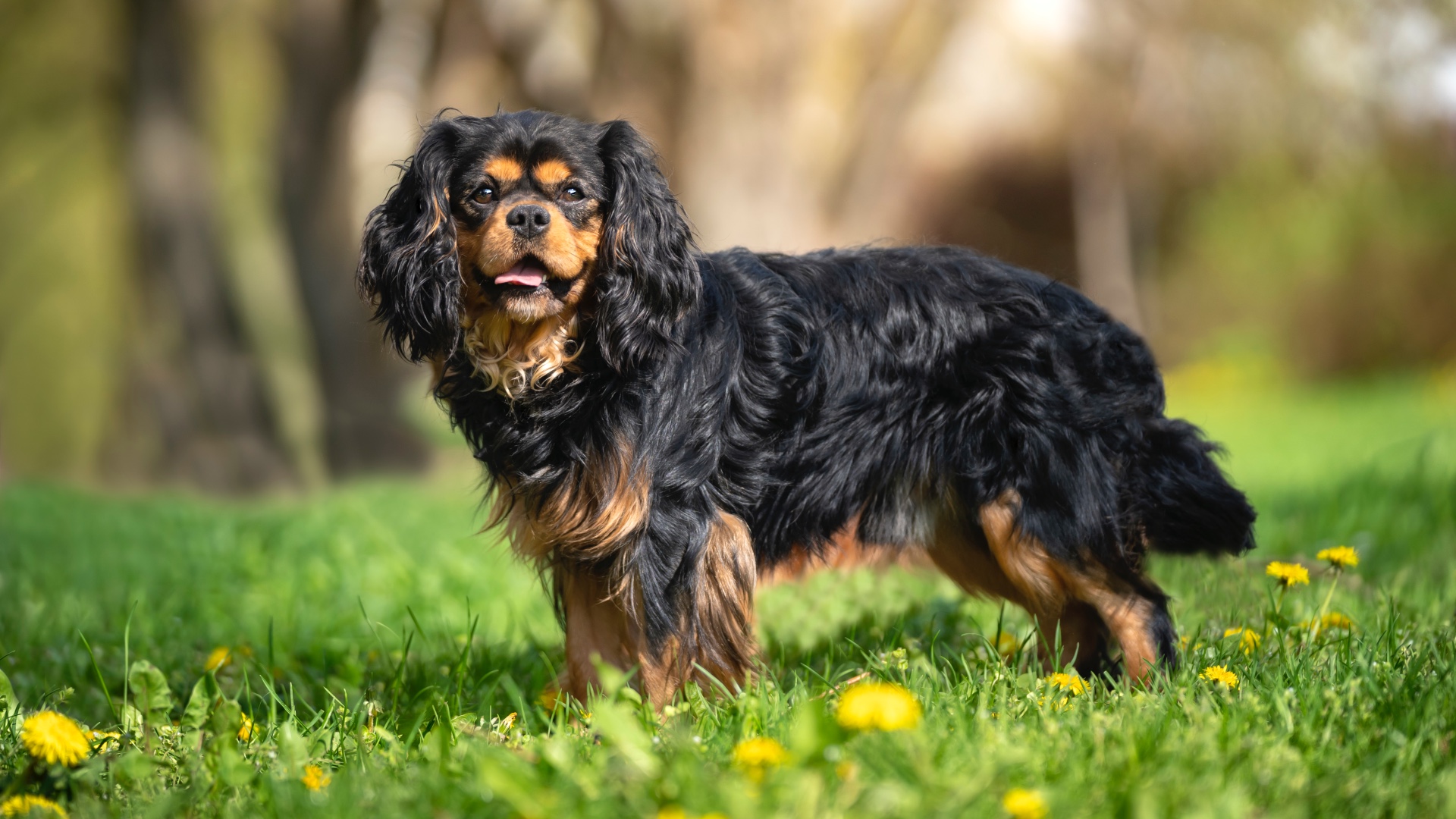
How healthy a breed is may also be something that plays a big role when it comes to deciding which fur friend to welcome into your home. Sadly, Dr MacMillan says that Cavalier King Charles Spaniels are prone to some serious health issues, which you'll want to be aware of if you plan on adopting one of these dogs.
"Mitral Valve Disease is extremely common in this breed, an inherited condition that affects the mitral valve in the heart," she explains. "In my experience, a large proportion of cavaliers will have a heart murmur detected on a routine exam at some point during their lifetime. Despite medication, this is a progressive disease, eventually resulting in heart failure for many."
If that weren't enough cause for concern, Dr MacMillan says that Cavaliers are also prone to syringomyelia, a condition that causes abnormal fluid pressure in the central nervous system. "Affected dogs suffer from pain, balance issues, and other neurological problems," she says.
In comparison, cocker spaniels are comparatively healthy, though they do frequently suffer from skin issues and recurrent ear infections.
"Their droopy ears and their love of water create a warm and humid environment within the ear canal," Dr MacMillan explains. "This is a breeding ground for yeast and bacteria. Like many pedigree dogs, cockers are also susceptible to inherited eye issues such as progressive retinal atrophy (PRA) and cataracts."
Owner suitability: Cavalier King Charles Spaniel vs. English Cocker Spaniel
Now that you know a little bit more about each of these sweet-natured breeds, you may be weighing up which one is more suitable for your living situation and lifestyle. Here's what Dr MacMillan has to say:
"The Cavalier King Charles Spaniel is affectionate, friendly, and loyal. This, coupled with their moderate exercise needs, means they would be suitable for most families. They are adaptable and would be just as happy in a town or the countryside.
“Cocker spaniels are also friendly; however, they would suit a more active home, ideally one that allows for plenty of off-leash time. This breed needs more exercise than the cavalier, so they must have an owner who can give them plenty of mental and physical activity."
Read next: Cavapoo vs Cockapoo (these two breeds crossed with a poodle compared)
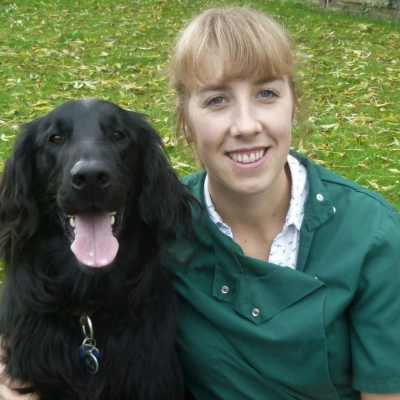
Rebecca is a veterinary surgeon who graduated in 2009 from the Royal Veterinary College in London. She has a wealth of experience in first opinion small animal practice, having done a mixture of day-to-day routine work, on-call emergency duties and managerial roles over the years. Rebecca enjoys medicine in particular and she is proud to have recently achieved a BSAVA postgraduate certificate in small animal medicine (with commendation).
She writes on various feline and canine topics, including behavior, nutrition, and health. Outside of work and writing she enjoys walking her own dog, spending time with her young family and baking!
Edited by Georgia Guerin and Alexis De Leaver.
Last updated April 27, 2025.

Kathryn is a freelance writer who has been a member of the PetsRadar family since it launched in 2020. Highly experienced in her field, she's driven by a desire to provide pet parents with accurate, timely, and informative content that enables them to provide their fur friends with everything they need to thrive.
Kathryn works closely with vets and trainers to ensure all articles offer the most up-to-date information across a range of pet-related fields, from insights into health and behavior issues to tips on products and training.
When she’s not busy crafting the perfect sentence for her features, buying guides and news pieces, she can be found hanging out with her family (which includes one super sassy cat and a kitten), drinking copious amounts of Jasmine tea and reading all the books.
She has written for a range of publications, including Fit&Well, Top Ten Reviews, LiveScience, Goodto, and Product Hunt.
